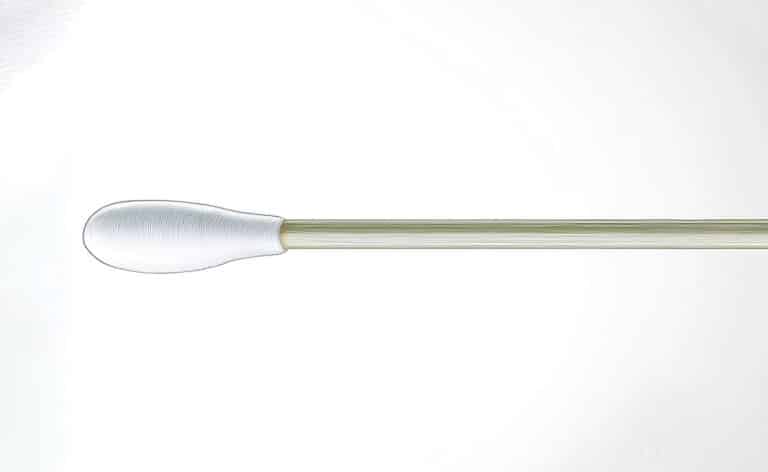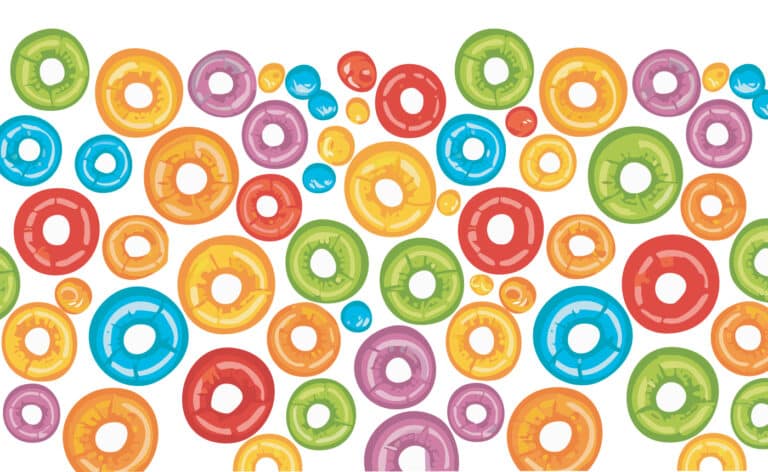Fact checked by Shannon Sparks
Social media influencers and politicians alike agree on one thing lately: the need to amplify claims about the negative health impacts of seed oil.
Yet, health organizations — from the American Heart Association to the World Health Organization — recommend unsaturated fats, including seed oils, as the primary source of healthy fat in the diet.
For health-conscious consumers, sorting fact from fiction can feel daunting. And when it comes to seed oils, the nuanced facts often get lost in the debate.
What are seed oils?
Extracted from seeds such as soybeans, sunflower, rapeseed, and sesame, seed oils are unsaturated fats — primarily omega-6 fatty acids. These essential fats must be obtained through food. In addition to seed oils, omega-6s are found in walnuts, almonds, and pumpkin seeds.
Critics of seed oils often argue that omega-6 fatty acids contribute to inflammation and chronic disease. However, a wealth of research suggests otherwise.
“There is a narrative that a diet high in omega-6 fatty acids increases inflammation,” says Kirsten Straughan, director of the Nutrition Science Program at the University of Illinois Chicago. “But there have been some really large, well-done studies recently that have looked at inflammatory blood markers and the ratio of omega-3s to omega-6s, and they have not found any increased inflammation with more omega-6s.”
While some omega-6s from seed oils convert to inflammatory compounds, they also convert to compounds that fight inflammation. These fats are essential for healthy skin and nails, and support the normal function of every cell in the body. They also help lower cholesterol levels and protect against heart disease.
Where do seed oils come from?
Critics also point to extraction methods as a reason for seed oils’ unhealthy label.
“Chemical extraction, the most common method, uses volatile solvents like hexane to maximize oil yield,” says Kantha Shelke, PhD, a principal at the Chicago-based food research firm Corvus Blue and member of the Institute of Food Technologists’ Food Safety and Quality Management Division. “The hexane is evaporated at the end of the extraction, and its use is regulated in food manufacturing.”
Trace amounts of hexane may remain. Still, Shelke says, “The [Food and Drug Administration] does not specifically monitor hexane residues in cooking oils, leaving room for uncertainty and speculation about trace amounts in final products.”
This not only adds to consumer confusion but also raises validquestions about food processing and the need for additional research.
“Seed oils are ubiquitous in the contemporary food supply, especially in processed and packaged foods due to their low cost, long shelf life [when refined], and neutral flavor,” Shelke says.
Staughan agrees. “I think the reason they are being talked about so much is that they are found in so many highly processed foods,” she says.
The standard American diet is high in ultra-processed foods, a contributing factor to the rising rates of obesity and chronic disease. But blaming seed oils alone, experts say, misses the bigger picture.
“Singling out omega-6s and seed oils as the culprit is really cherry-picking among all the many factors,” Straughan says.
So, where does all of this leave seed oils — good or bad? As with virtually everything else in life, balance is key.
Originally published in the Fall 2025/Winter 2026 print issue.

Rebecca is an experienced registered dietitian, freelance writer, and yoga teacher who loves to read, hike, and tend her garden.












